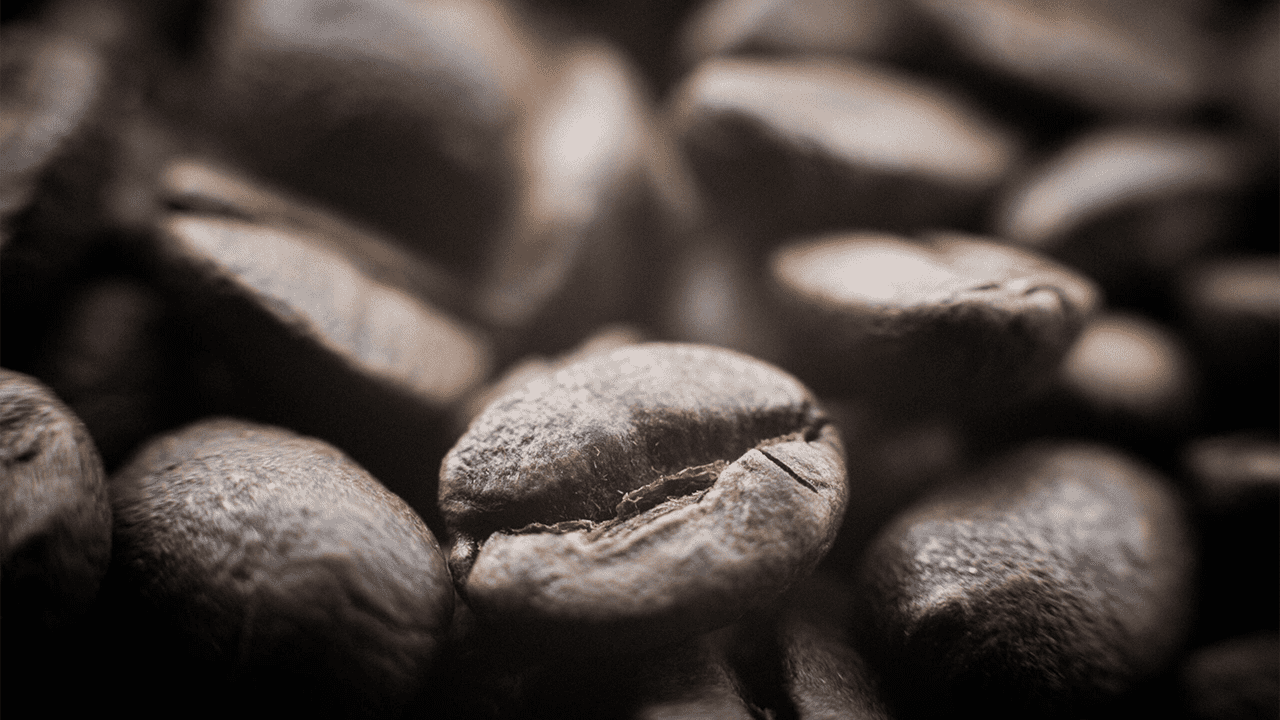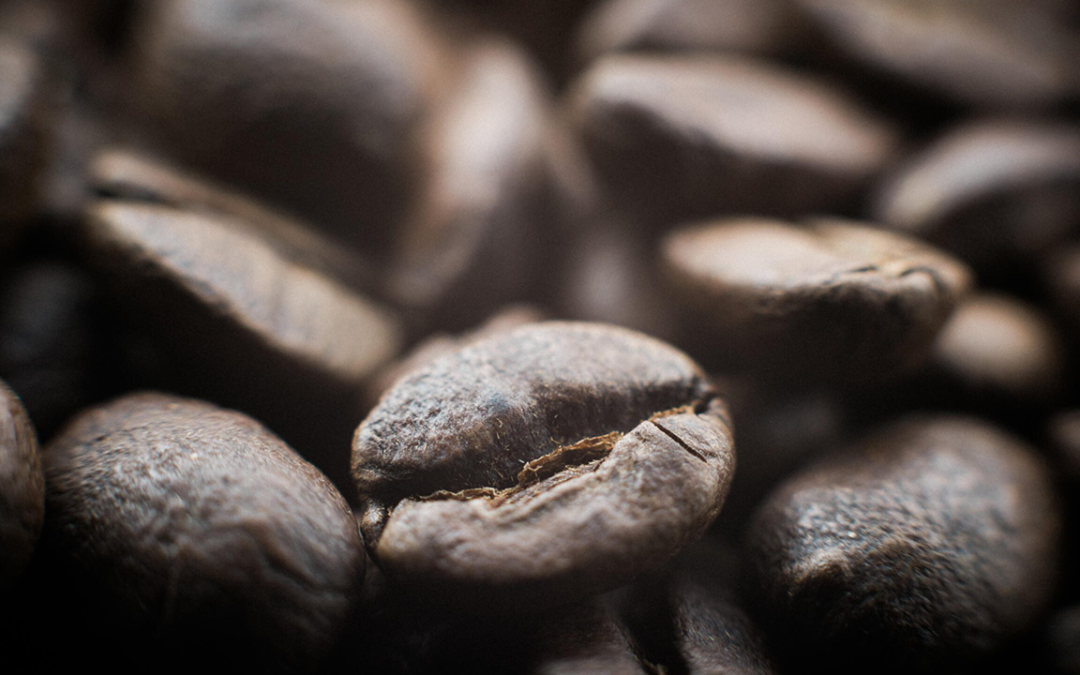
There’s a kind of coffee that only a few get to enjoy because of awareness and/or preference. It’s called the peaberry, and every coffee tree produces only a few of it. According to Chit Juan, President of the Philippine Coffee Board, it only comprises about 5-10% of the tree’s total cherry harvest, to be exact.
“The peaberry is an aberration. It is a bean that does not divide, is touted to roast evenly, and has a flavor that’s balanced all throughout,” she says. Also called caracol (snail in Spanish), the peaberry is that rare instance wherein what appears inside the cherry is a single round seed instead of two—which is the norm—because the other fails to grow. According to theories, this is possibly due to insufficient pollination, among other natural factors.
“I used to think only Tanzania had it because they promoted it worldwide back in the ‘90s. Then I discovered that every coffee variety has it,” says Juan. In the Philippines, peaberries have been found in Sulu, Davao, Benguet, and Sagada.
Aside from its rarity, the effort it takes to pick these berries from a large harvest can be quite laborious, thus making it a premium product. “It takes time and effort to sort the pea beans from the usual ones that have split into halves,” adds Juan.
Deciphering them based solely on appearance can be tricky. One must have a keen and sharp eye to be able to tell the difference—peaberries tend to be smaller, rounder, and slightly heavier.
When it comes to taste, they are believed to bear a more concentrated caffeine flavor. And because of its shape, it also allows for a more even roasting, and consequently, a smoother taste. According to Juan, some friends who have Gastroesophageal reflux disease (GERD) claim that the Arabica peaberry is also kinder to the gut.
For all those qualities, it’s definitely worth a try.


Recent Comments